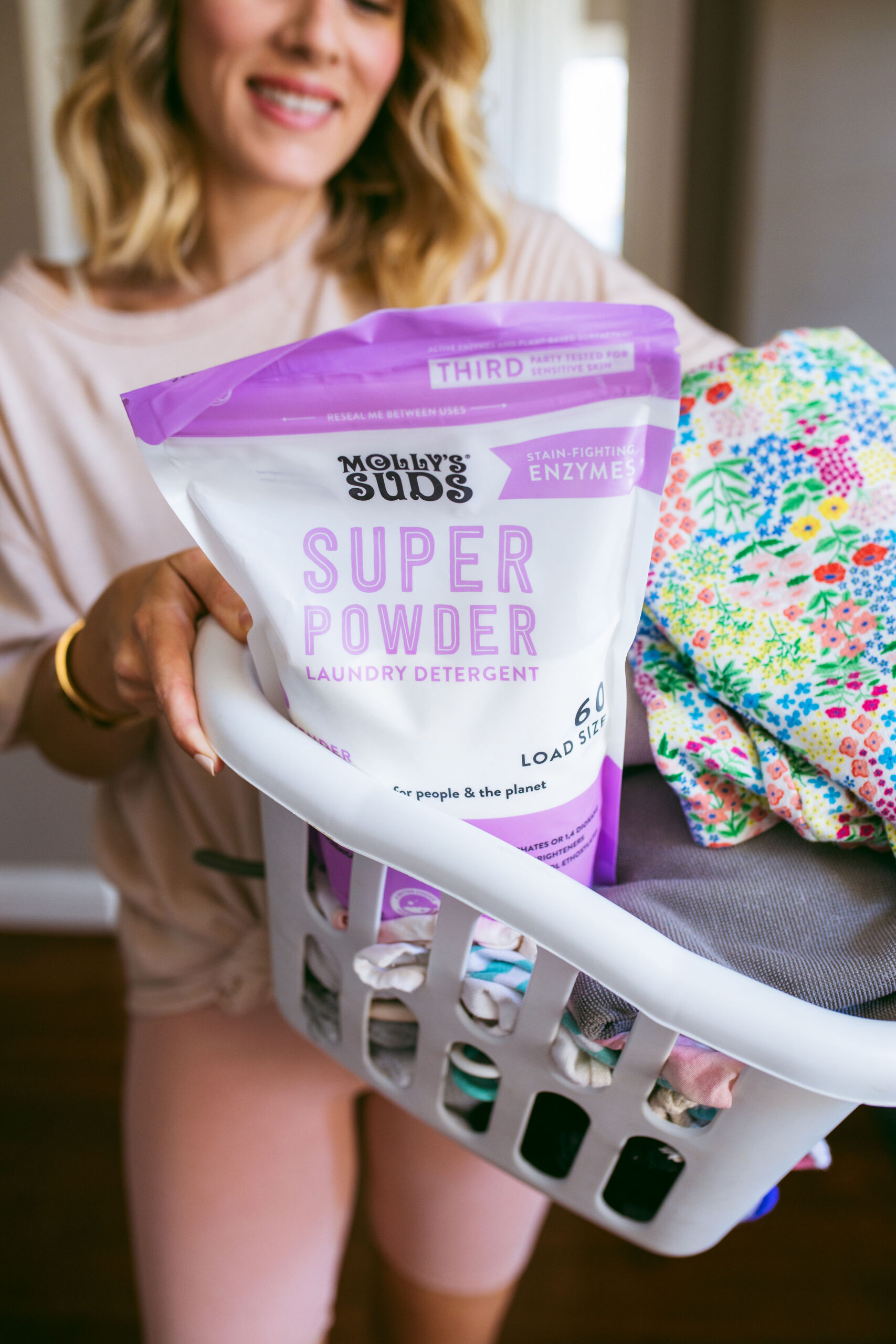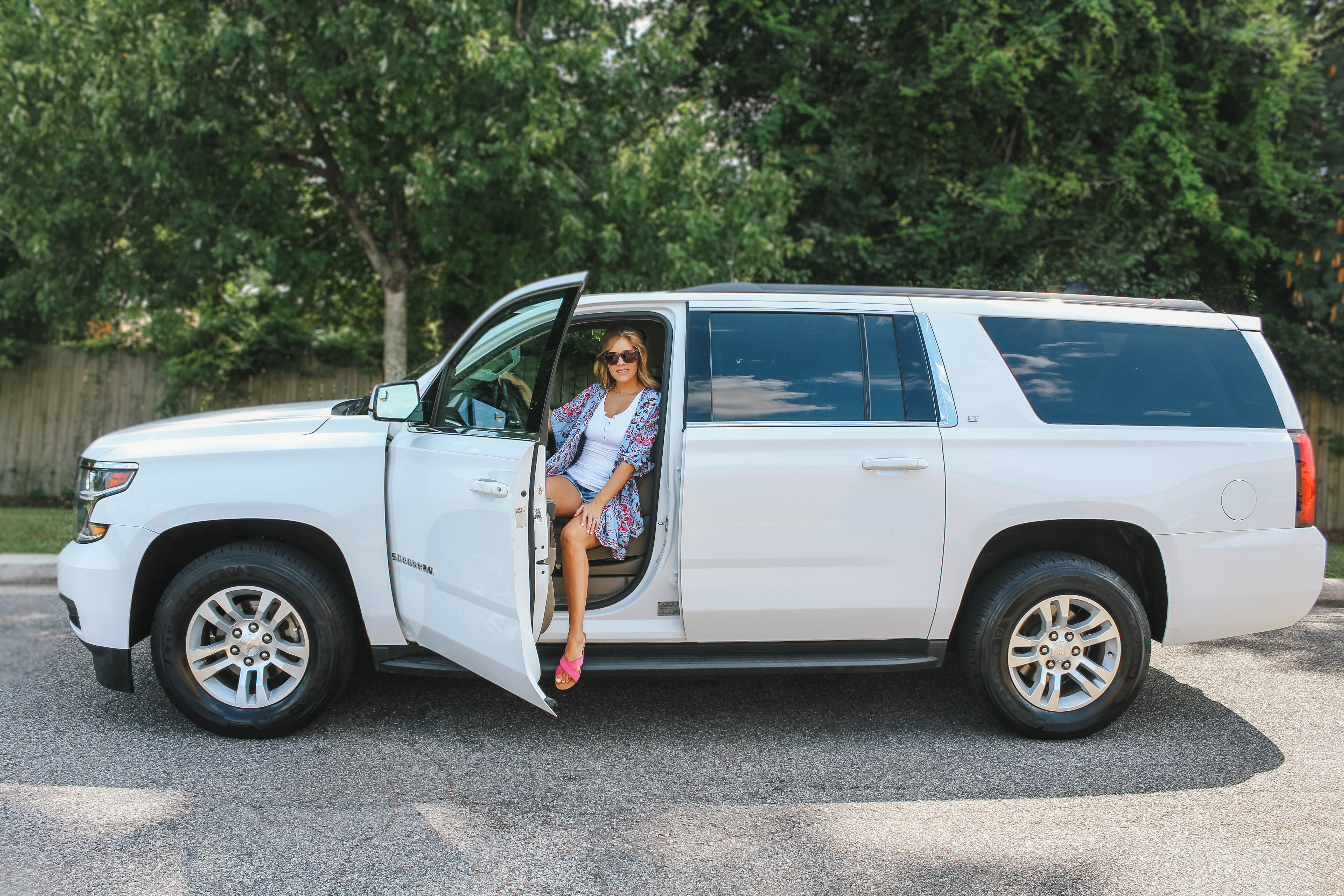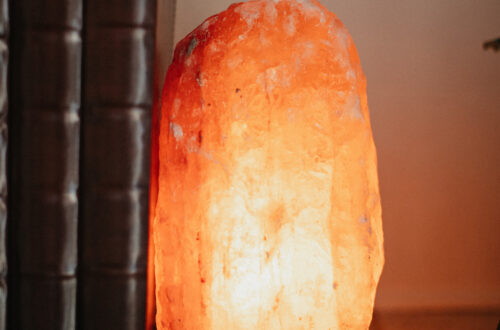
Cloth Diapering 101
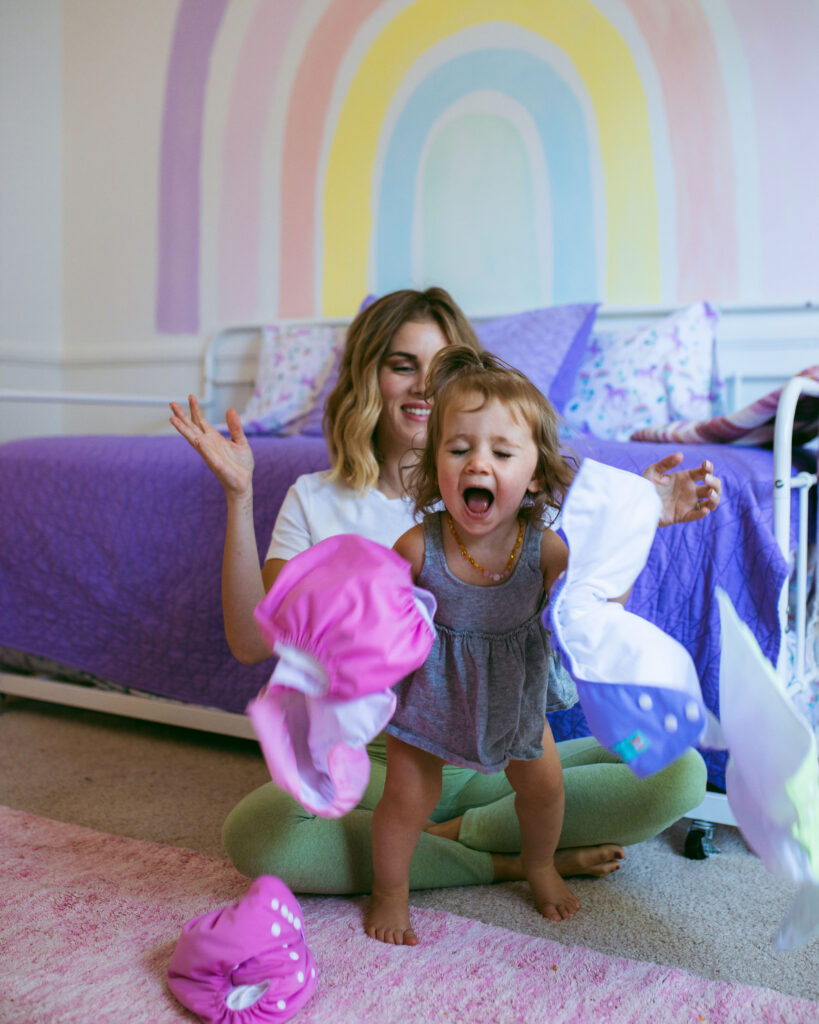

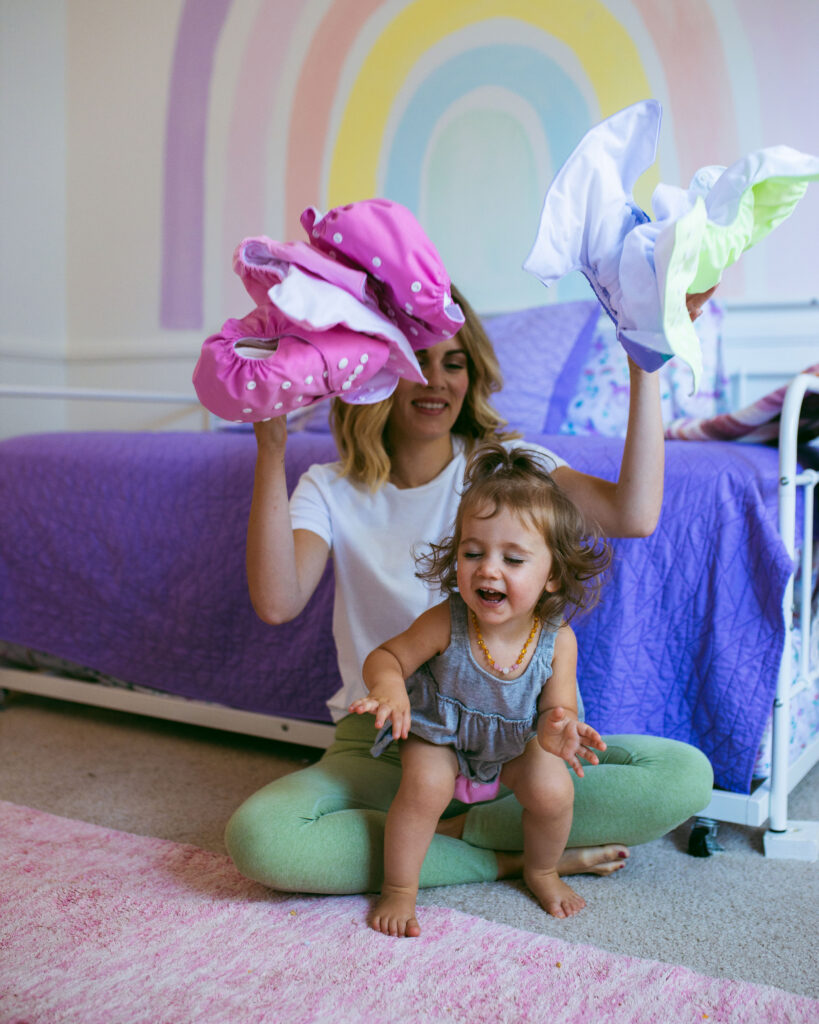
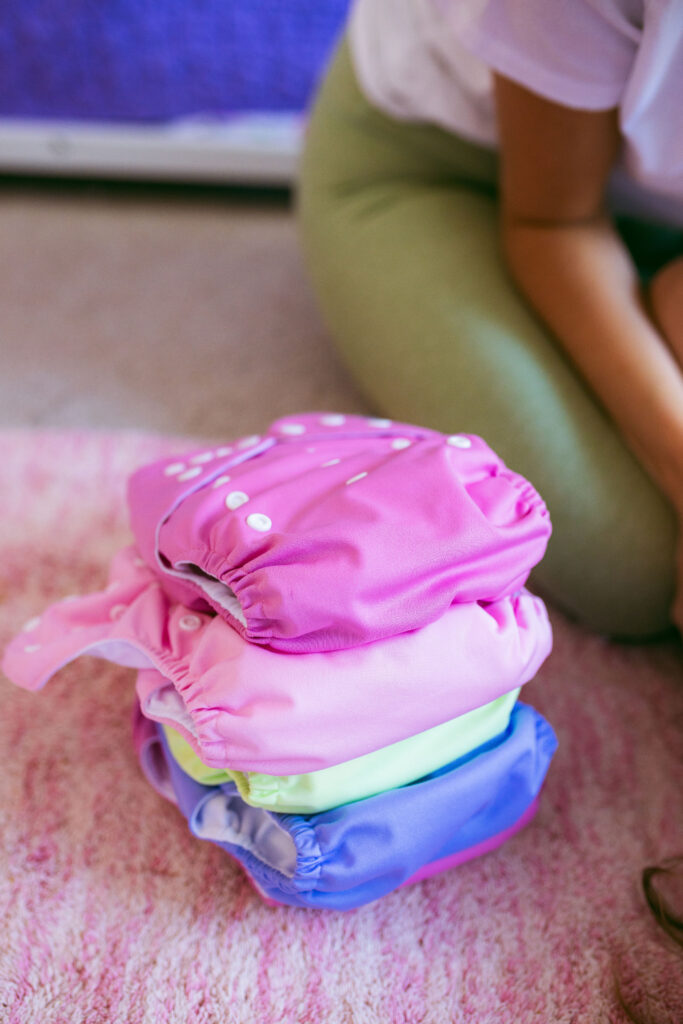

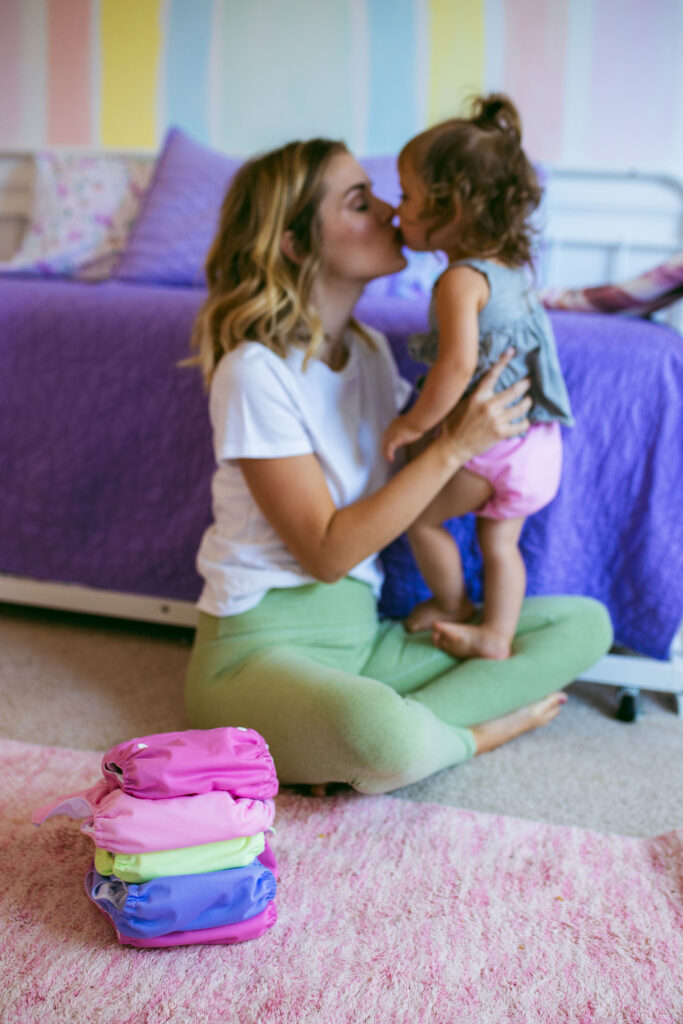
When I was pregnant, I had researched what chemicals were in most diapers I decided to use nontoxic. Most disposable diapers contain chemicals like chlorine, perfumes or polyacrylate (a chemical that is specifically used to absorb) that causes more harm than good. These specific chemicals in disposable diapers can strip away protective bacteria on the skin and change the pH balance of your infant, which can cause dryness and skin irritations. In some cases, the exposure to the chemicals in the diapers have caused very severe reactions like fever, vomiting and staph infections. I have personally found that my children are very reactive to the chemicals in disposable diapers and have gotten very bad rashes and chemical burns from them which have caused them horrible pain until it healed. For the reasons shared above, I decided to switch to non toxic diapers. There are few brands that we really do LOVE and I’ll link them here.
One of the things that I decided to do when my first babe (Nolan) turned 6 months old was invest in cloth diapers. Why? MONEY.
“The average baby goes through six to 10 diapers a day, which, according to the National Diaper Bank Network, can set you back $70 to $80 per month, or about $900 a year. If you choose not to breastfeed, formula can cost up to $150 per month, or about $1,800 a year.” Shew, that number was NOT one I looked forward to. At that time, the pricing for nontoxic diapers wasn’t in my budget so I decided to look into cloth diapers. That was the ONLY reason I switched my little one to cloth. Once I switched, I realized many more benefits to having a fluffy butt babe.
By switching to cloth diapers you can:
-reduce your carbon footprint
-have less harmful chemicals touching your baby’s body
-save A LOT of money
-have an easier time potty training
-use less diapers because of absorpsion
Like I said before, I didn’t think about what was in the diapers I was using for my precious babe. One day, someone shared an article about it and it really threw me for a loop. I was so upset with myself for caring so much about what baby products I applied to his skin but not putting in any effort learning what was in the diapers he would wear 24/7.
Other chemicals often used in disposable diapers include dyes, fragrances, plastics and petrolatums. Adhesive chemicals are used in the sticky tabs to close the diapers and dyes are used to color and make the patterns and labels that mark diapers. Perfumes and fragrances are used in some disposable diapers to help mask odors. The assortment of chemicals that diaper companies use are really eye opening when it’s all written out infant of you. When I finally put the facts in front of my face I realized that I wanted to do better for my little one.
I know that many of you feel like motherhood is SUCH a complex journey. That’s a big reason why I wanted to share more about cloth diapers with ya’ll. We as parents only want the best for our babies and the cost of non toxic products can hinder that sometimes. It shouldn’t happen with our babies and THAT’S why I strongly encourage anyone wanting safer for their babies but cannot afford the money for non toxic disposables to invest in cloth diapers. The cloth diaper world comes with even more questions. What kind should I get? How do you wash them? How many do you need? What happens when your baby goes poop? Let me help reduce the questions and share my experience with the cloth diapers that we’ve tried for our little ones.
I personally decided to start using cloth diapers when my little one was 6 months old. The newborn stage was just to early for me because of how frequently they poop. Newborn poop and poop in general can be difficult to clean out of cloth diapers so I found that right after I changed them if I sprayed it out in the sink (and I am not gonna lie I’ve done it outside with the water hose more often than I can count) that it comes right out and I can put in the diaper pail to wash when I collect enough. Breastmilk poop is water soluble meaning that you just need to pre-rinse before throwing that diaper into the washing machine. Once your little one starts pooping solid poops it’s as simple as dumping it into your toilet and flushing. A lot of cloth diapering families swear by attaching a sprayer to the toilet but we just haven’t gone through doing that. I KNOW it would make the cleaning of poops easier.
When I decided to start cloth diapering, I dove deep into researching the best brands. I found that most diapers come with either velcro or snaps. I chose the snaps all in one’s because I could change the sizing and use the same diaper for many different ages. I also chose the snaps because I hate velcro and how it catches fabrics and snags them. The Snap All in Ones come with an insert that you remove when the diaper has been used. The inserts are what absorb the liquids so at night time, it’s best to double up on the inserts if you’re using a cloth diaper. I personally purchased 12 diapers of ALVA brand because the longer they sit after they have been used, the stronger smell of ammonia comes off of them so I wash them every 3 days. If you want to wash less then you can buy more. Most people buy 24-36 but for me, I like to wash in smaller loads to reduce the smell. One of my favorite things about cloth diapering is line drying them verses drying them in the inside dryer. Don’t get me wrong, you can dry them in the dryer but there is something special about line drying and using sunshine to help naturally work out stains AND it smells amazing.
Cloth diapering also means that you mean a cloth diapering pail to keep your dirty diapers in until you wash. I just use a small laundry hamper and spray down with On Guard sanitizer between uses. When you’re out and about and using cloth diapers you need to get a wet bag to put the dirty diapers in. I didn’t know this when I first used cloth diapers and I was out running errands when a massive poop happened. A wet bag is like a huge washable ziplock bag that keeps the mess contained until you get home. You can also use it for wet swimsuits and towels if you buy a large enough bag.
Not all diaper creams and laundry products are meant for cloth diapers. They can actually cause repelling (meaning things will not soak into the diapers but actually make them leak onto clothing), ammonia build up, chemical burns and staining of your diapers. I personally use the Beautycounter diaper cream and the Molly’s Sud’s laundry detergent. I love to strip my cloth diapers by washing in a hot cycle with a cup of white vinegar after every few uses to make sure they are super duper clean. Cloth diapering also changes the frequency of how often you’re changing your little one’s diaper. To avoid leaks and forming a rash, your baby should be changed at least every 3 hours and 1.5 hours if they are a heavy wetter.
With all of that being said, cloth diapering does not have to be an all or nothing thing. For my family, we do half and half because it really does cut our diaper bill in half every month. I personally use disposables at night and when we are out and about running errands. If you decide to try cloth diapering, please share your experience with me! If you are someone that already cloth diapers, please share any helpful tips or tricks that you’ve learned along the way.
